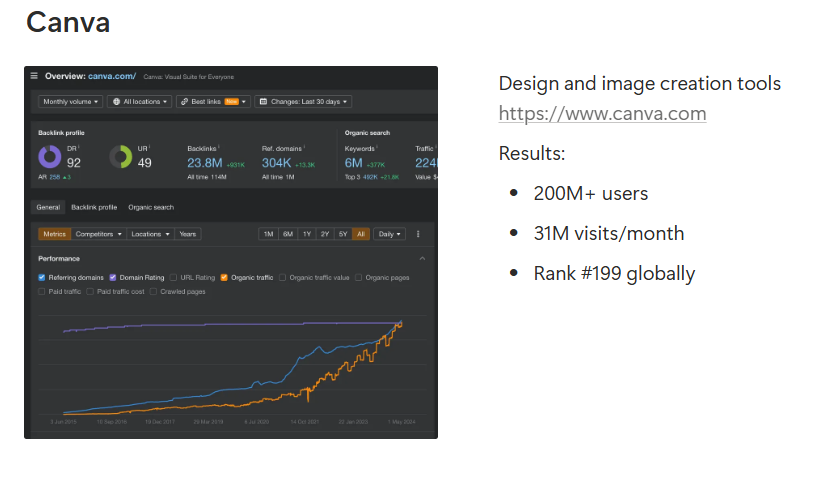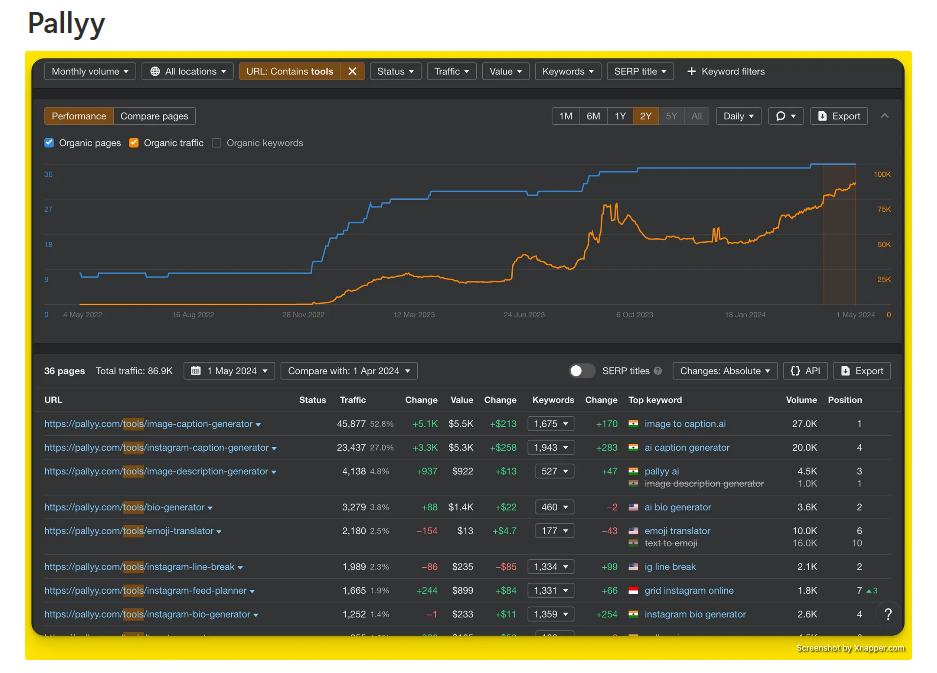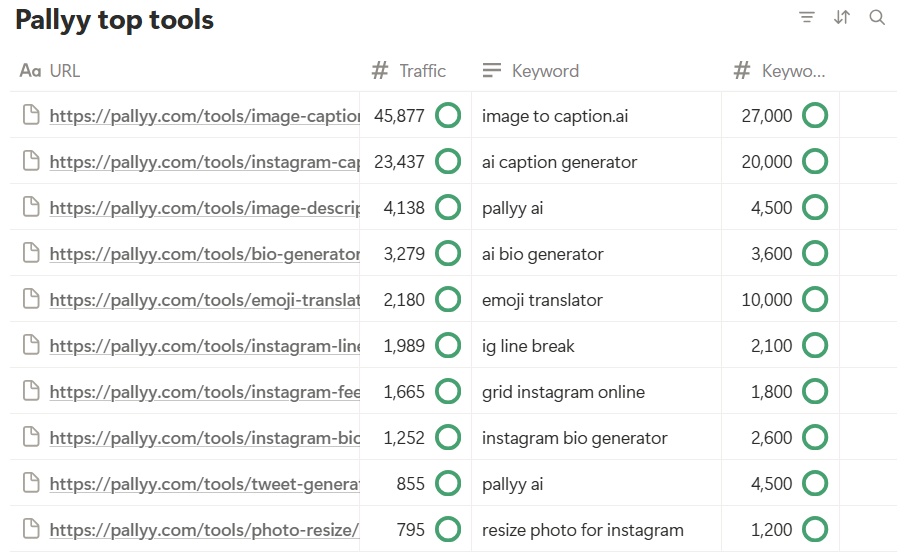Free tools and free courses are the best way to show your intention to help your prospects.
No one will sign up for or use your service voluntarily until they believe there is something in it for them.
This is how reciprocity works.
Example of companies who used free tool strategies:


Source: Magic Space SEO

Ilias Ismanalijev on how to build high-traffic tool using SEO
1. Identify User Needs
Start by brainstorming the problems your audience faces and the kind of tools that could solve them. Focus on ideas with strong search demand.
❓ What challenges do my users face?
❓ Which tools would genuinely help them?
❓ What keywords are people using to find these solutions?
Use SEO research, analyze competitor gaps, and uncover what your audience truly wants — then build around that.
2. Optimize On-page SEO
On-page SEO plays a major role in getting your tool discovered. Make sure each page targets the right keywords with well-structured titles, headers, and content.
📝 Keyword research
📝 Meta titles and descriptions
📝 Clear content structure
📝 Strong internal linking
📝 Image optimization
3. Promote the Tool
Once your tool is live, focus on spreading the word. Build backlinks and social buzz to increase visibility and credibility.
🔗 Backlink outreach to relevant websites
📢 Create social media buzz
✉️ Share with your email list or newsletter
🦊 Launch on Product Hunt
😸 List it on GitHub for discoverability
4. Analyze and Refine
Track search traffic and high-value keywords in Google Analytics. Expand tool functionality and content based on user behavior.
📊 Traffic analytics
📈 Goal conversion tracking / Posthog
🛠 Expand tool features
🌐 Localize for other markets
